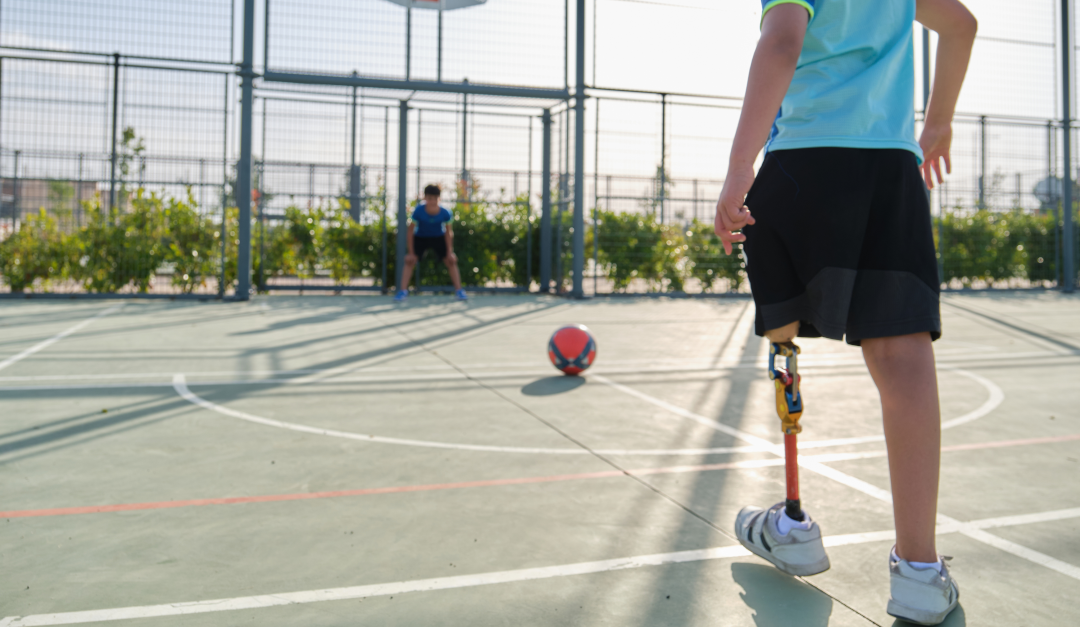According to the Amputee Coalition, more than 2.1 million people in the U.S. are living with limb loss — a number that’s projected to jump to 3.6 million by 2050. While trauma is a common cause of amputation, the majority of cases are caused by vascular disease. For instance, 85% of lower-limb amputations are preceded by foot ulcers, a common characteristic of circulatory impediments caused by diabetes.
While these statistics may seem grim, advancements in the world of prosthetics are accelerating at a rapid pace. Here’s a look at some of the most promising developments.
3D Printing
Also known as additive manufacturing, 3D printing is the process of creating three-dimensional objects from digital files. It uses the successive layering of materials such as plastic, composites, or bio-materials to fully structure and form an object of nearly any design. This method provides greater flexibility in creating complex shapes than standard manufacturing processes.
“In the prosthesis space, 3D printing is expected to be an important tool to address unique patient needs and unpredictable demand,” asserts the Alliance of Advanced BioMedical Engineering, “A custom-fit prosthetic device offers myriad benefits, not the least of which is patient comfort and improved functionality.”
Already there have been some remarkable results. Self-taught engineer Ben Ryan of North Wales, for example, teamed up with Bangor University to build a prosthetic for his year-old son, whose arm required amputation at the elbow after delivery complications. When Ryan learned that a traditional prosthetic wouldn’t be available until his son turned three — an age when doctors believed the child may be more likely to reject it — Ryan set to designing them on his own. The first one was assembled from a kitchen sponge and medical dressing when his son Sol was five weeks old, and the successful developments have evolved from there, with the help of 3D printing technology.
Now, the e-NABLE network brings together volunteers who are using 3D printing “to give the world a helping hand.” Designers, physicians, 3D print enthusiasts, and engineers are providing customized prosthetics to amputees, and the network even has a “Handomatic” program that allows users to customize STL files to print their own devices.
Myoelectric Prostheses
Traditional prostheses offer some degree of support and mobility, but they lack full limb functionality. Companies such as Arm Dynamics are using myoelectric prosthetics, including fingers, hooks, and elbows, to provide a greater range of functionality, including multiple grip patterns. These devices can be used in conjunction with targeted muscle reinnervation (TMR) surgery to reassign nerves and give the amputee better control over their device.
Composite Materials
One challenge in prosthetic manufacturing is the need to create devices with flexibility and strength, but that are not too heavily weighted. Composite materials are lightweight in nature, and provide both corrosion resistance and stability. They have increasingly replaced heavier metals, such as steel, and will likely remain at the forefront of innovations in prosthetics.
Carbon fiber is also becoming a popular choice for its flexibility, making it a suitable option for prosthetic feet. This material is used in the Flex-Foot Cheetah® running blades, the prosthetics developed by medical engineer Van Phillips whose leg was severed in a water-skiing incident. Phillips’ blades have since been used by competitors in the Olympic Games, and have already greatly changed the prosthetics field.The Prosthetic and Medical Team at VSA provides an outcome-based Total Prosthetic Care Plan that offers the highest level of medical care and prosthetic expertise. We’re committed to leveraging cutting-edge technology to offer the best solutions for our patients based on their individualized needs. Learn more here or schedule an appointment by calling (770) 423-0595.





